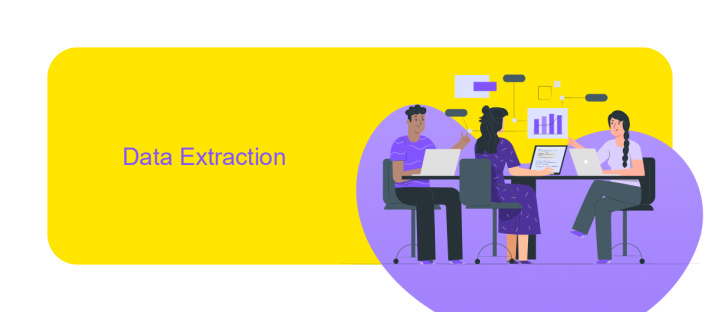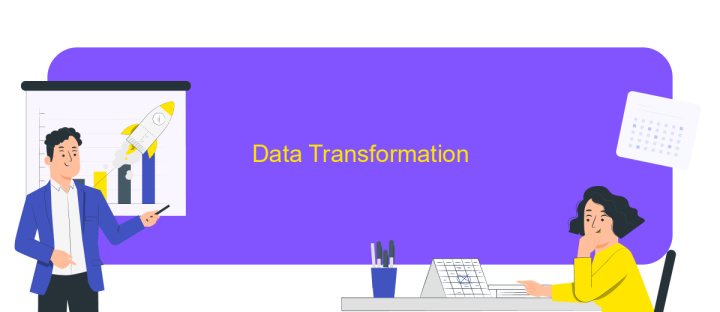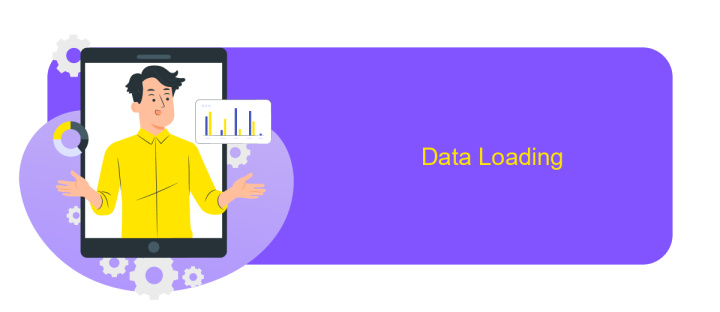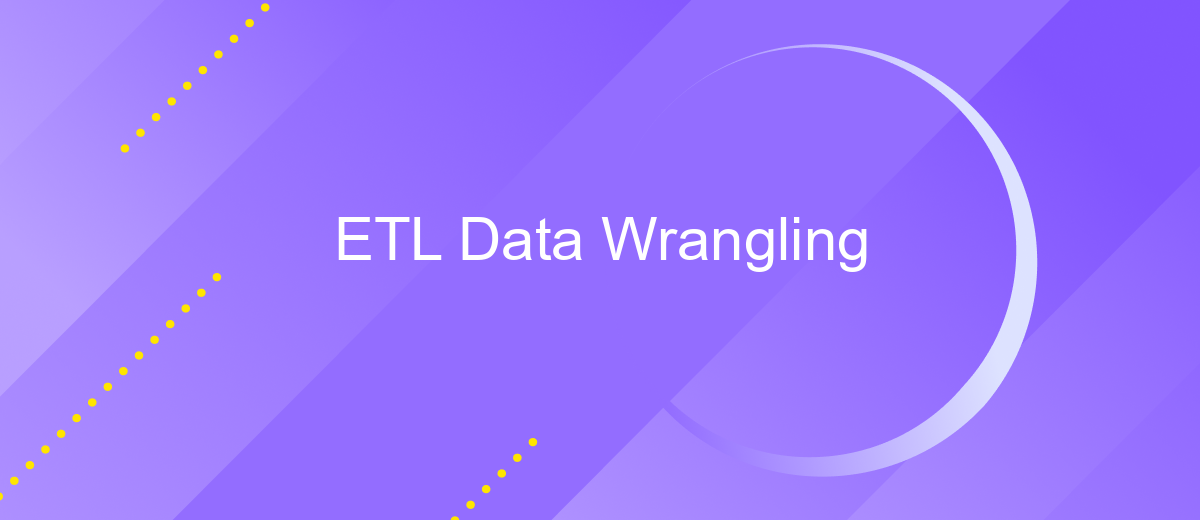ETL Data Wrangling
ETL (Extract, Transform, Load) data wrangling is a critical process in data management that involves extracting data from various sources, transforming it into a suitable format, and loading it into a target system. This process ensures data consistency, quality, and accessibility, enabling organizations to make informed decisions and gain valuable insights from their data assets.
ETL Data Wrangling Overview
ETL (Extract, Transform, Load) Data Wrangling is a critical process in data management that involves extracting data from various sources, transforming it into a suitable format, and loading it into a target system for analysis. This process ensures that data is clean, organized, and ready for use in business intelligence and analytics.
- Extract: Data is collected from multiple sources, such as databases, APIs, and flat files.
- Transform: The collected data is cleaned, normalized, and formatted to meet the requirements of the target system.
- Load: The transformed data is loaded into a target system, such as a data warehouse or data lake, for further analysis.
Tools like ApiX-Drive can simplify the ETL process by automating data integration from various sources. ApiX-Drive offers a user-friendly interface to set up data pipelines without extensive coding, making it easier to manage and streamline data workflows. By leveraging such tools, organizations can enhance their data wrangling efficiency and focus on deriving actionable insights from their data.
Data Extraction

Data extraction is the first step in the ETL (Extract, Transform, Load) process and involves retrieving data from various sources. These sources can be databases, web services, flat files, or cloud storage. The objective is to collect raw data that will be transformed and loaded into a data warehouse for further analysis. Efficient data extraction ensures that the data is accurate, complete, and timely, providing a solid foundation for subsequent ETL steps.
Various tools and services can facilitate the data extraction process. For instance, ApiX-Drive offers a seamless way to integrate multiple data sources without requiring extensive coding knowledge. This service allows users to set up automated data extraction workflows, ensuring that data is consistently and accurately pulled from different platforms. By leveraging such tools, organizations can streamline their ETL processes, saving time and reducing the risk of errors. Efficient data extraction is crucial for maintaining the integrity and reliability of the data pipeline.
Data Transformation

Data transformation is a critical phase in the ETL process where raw data is converted into a format suitable for analysis and reporting. This step ensures that data from different sources is harmonized and enriched, making it more useful for business intelligence applications.
- Data Cleaning: Remove inconsistencies, duplicates, and errors to ensure data quality.
- Data Integration: Combine data from multiple sources into a unified dataset.
- Data Enrichment: Enhance data by adding relevant information, such as geolocation or demographic details.
- Data Aggregation: Summarize data to provide higher-level insights, such as totals or averages.
- Data Transformation: Apply functions to change data types, formats, or structures to meet business requirements.
Tools like ApiX-Drive can streamline the data transformation process by automating the integration of various data sources. By using such services, organizations can ensure that their data is accurate, consistent, and ready for analysis with minimal manual intervention. This not only saves time but also reduces the risk of errors, making the data transformation process more efficient and reliable.
Data Loading

Data loading is a critical step in the ETL process, where transformed data is loaded into a target system, such as a data warehouse, database, or data lake. This phase ensures that the processed data is accessible for analysis, reporting, and further processing.
Effective data loading requires careful planning to maintain data integrity and optimize performance. It involves choosing the appropriate loading method—whether full load, incremental load, or real-time load—based on the business requirements and data volume.
- Full Load: Loading all data from the source to the target system.
- Incremental Load: Loading only the new or updated data since the last load.
- Real-Time Load: Continuously loading data as it becomes available.
Tools like ApiX-Drive can streamline the data loading process by automating the integration of various data sources. ApiX-Drive allows users to set up seamless data transfers without requiring extensive coding skills, ensuring that data is consistently and accurately loaded into the target system.
ETL Best Practices
To ensure the success of your ETL processes, it is crucial to follow best practices that enhance efficiency and reliability. One key practice is to establish a robust data validation mechanism. This involves checking the accuracy and quality of data before it is loaded into the target system. Implementing validation rules helps in identifying and rectifying errors early, thus preventing corrupted data from propagating through your systems. Regular audits and consistency checks can further ensure data integrity over time.
Another essential best practice is to automate as much of the ETL process as possible. Automation minimizes human error and increases the speed of data processing. Tools like ApiX-Drive can be invaluable in this regard, as they facilitate seamless integration between various data sources and destinations. By leveraging such services, you can streamline your ETL workflows and focus more on analyzing data rather than managing it. Additionally, maintaining comprehensive documentation of your ETL processes ensures that team members can easily understand and manage the workflows, promoting long-term sustainability and scalability.
FAQ
What is ETL data wrangling?
Why is ETL data wrangling important?
What are the common challenges in ETL data wrangling?
How can automation help in ETL data wrangling?
What are the key steps in the ETL data wrangling process?
Time is the most valuable resource for business today. Almost half of it is wasted on routine tasks. Your employees are constantly forced to perform monotonous tasks that are difficult to classify as important and specialized. You can leave everything as it is by hiring additional employees, or you can automate most of the business processes using the ApiX-Drive online connector to get rid of unnecessary time and money expenses once and for all. The choice is yours!

